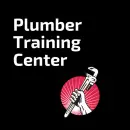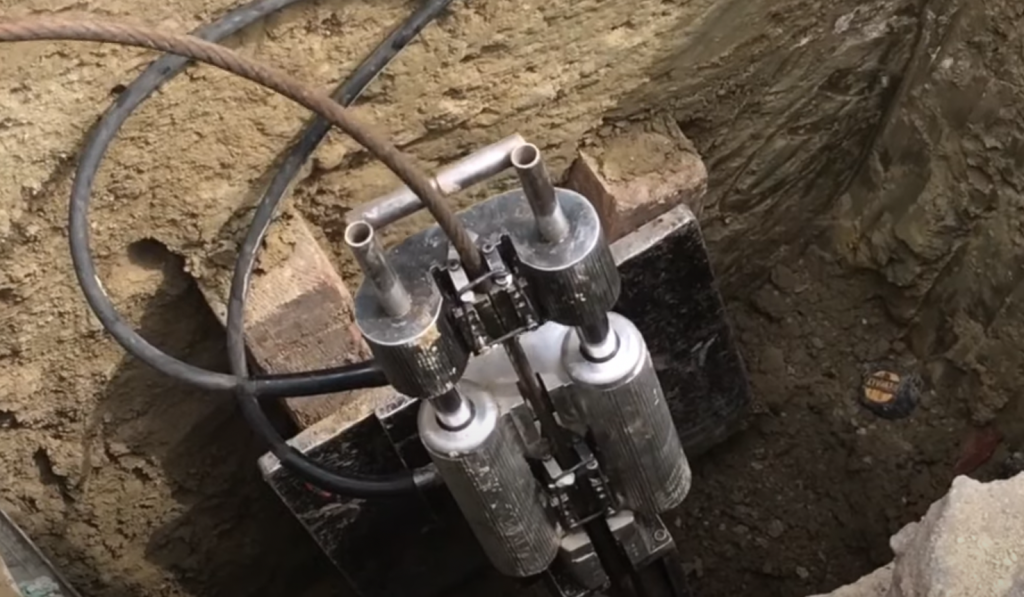Trenchless sewer repair is a way to fix your sewer lateral line without digging up the ground to expose it. This type of sewer repair is gentle on your property, impacting your yard and home as minimally as possible. Trenchless sewer repair fixes pipes through slip lining, cured in place pipe lining (CIPP), or bursting and replacing the old pipes.
What Does Trenchless Sewer Repair Fix?
Trenchless sewer repair is used to fix a damaged sewer pipe without digging up the yard above the system. The process is used for correcting cracked, deteriorated, scaling, or all-around broken pipes.
When a pipe begins to lose its form or break, debris can either enter through cracks or get stuck on its way out of your home and into the sewer. This debris can quickly clog your pipes and lead to an unstable flow of water to and from your home.
Alternatives to trenchless repair involve removing all land, concrete, and plants above the pipe system in your yard, leaving you with a huge cleanup and price tag afterward.
How Trenchless Sewer Repair Work?
Before trenchless sewer repair gets underway, the professional in charge will conduct a camera inspection of your sewer line. If there’s any blockage, the lines will be hydro or mechanically cleaned out.
Depending on the pipe damage, the team may choose to repair the sewer line through slip lining, CIPP, or pipe bursting.
Slip Lining
As one of the oldest methods of trenchless sewer repair, slip lining dates back to the 1940s. This process inserts a smaller pipe – usually high-density polyethylene (HDPE) – into the older pipe. Any space left between the two pipes is filled with grout.
Slip lining is economical and faster than non-trenchless methods. The new HDPE pipe will also have a life expectancy of 50-100 years.
Because of its process, slip lining is only useful for larger, non-residential pipes. If you were to use slip lining on a smaller, residential system, the water flow would be decreased substantially, causing additional issues. This process can also only be used on older pipes without deformities, if not the HDPE would enter the old pipe and get stuck.
CIPP
CIPP is a type of structural pipelining. This method uses a lining tube and resin to make a new pipe within the old one, slightly similar to slip lining. The difference is that an epoxy-filled liner is pushed into the old tube, then inflated.
As it inflates, the liner takes the form of the pipe. After a few hours, the new pipe is cured and firm. The calibration tube (inflator) can then be removed. The liner is now transformed into the new pipe within the old one.
Another method of trenchless repair that uses a spray version of epoxy is spray lining and brush coating.
Bursting Pipes
For trenchless repair with bursting pipes, two small entry points are created at each end of the old pipe. These holes are usually 4’ X 4’.
Then, the new HDPE pipes are led through the old pipes by a bursting head. This bursting head breaks up the old pipe while inserting the new HDPE in its place. If desired, the new line could be larger than the old line.
This method is good for replacing sewer lateral lines, which connect your home’s sewer to the public main line. The line being replaced should be longer than 15 feet.


